We're getting to your messages. Thanks for your patience🙏
Ecuador really has so many unique and interesting facts. We've compiled some of these below to help first-time visitors or even seasoned expats get to know Ecuador a little better.
Oh, and once you're done here, feel free to take our quiz on all things Ecuador. Get all 20 questions right and we'll even throw in a free beer (but no cheating!)
| Capital City | Quito |
| Population | 17.08 million (UN 2019) |
| Population Density | 158/mi² (61/km²) |
| Currency | USD (since 2000) |
| Official Language | Spanish |
| Total Area | 109,484 mi² (283,561 km²) |
| Latitude & Longitude | 0.1807° S, 78.4678° W (Quito) |
| Number of States | 24 provinces |
| Life Expectancy | 77.5 years (CIA) |
| Government | Multi-party unicameral parliament elected on a four-year term with one legislative house (National Assembly) |
| President | Lenín Moreno (elected in 2017) |
| Major Religions | 79% Roman Catholic, 13% Protestant (source) |
| National Anthem | ¡Salve, Oh Patria! (Hail, Oh Fatherland!) |
Ecuador is located on the equator in South America. Between Colombia, Peru, and the Pacific Ocean.
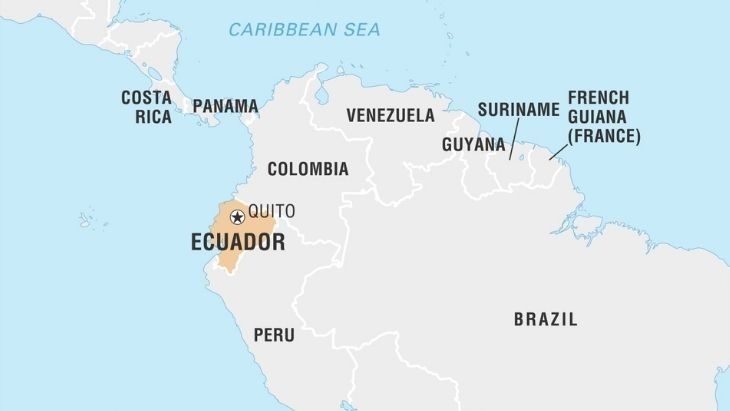

The official name is the República del Ecuador (Spanish) which translates to the Republic of the Equator. It's the only country that has been named after a geographical feature.
The Ecuadorian flag features 3 stripes and a detailed coat of arms. The design was finalized in 1900 and it's no coincidence it looks similar to those of Colombia and Venezuela. All 3 nations were part of Gran Colombia and now use a derivative of the Gran Colombia flag originally proposed by Venezuelan General Francisco de Miranda during the early 1800's (source).
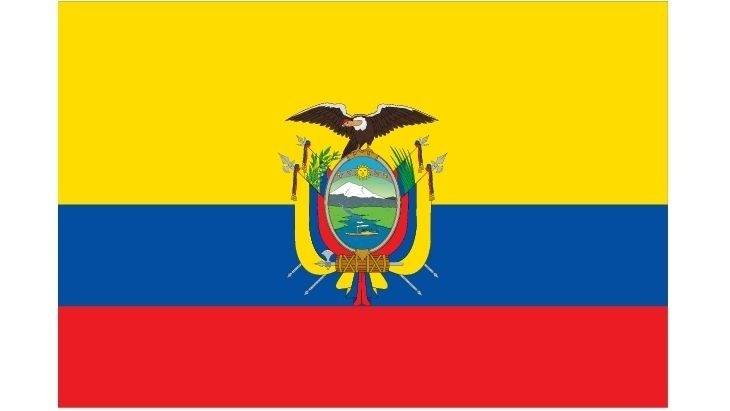

The 3 horizontal stripes represent the following:
The wonderfully detailed coat of arms features:
92% of Ecuadorians identify as having a religion (source). Christianity is easily the most popular religion, which helps create a homogenous, albeit conservative, society. The breakdown by religion is below:
Ecuador is well known for its numerous and grand churches. The oldest church is the La Iglesia de la Virgen María Natividad de La Balbanera, situated in the present town of Colta, a 30-minute drive from Riobamba. The church began construction in 1534, but four months later the capital was moved to Pichincha. The church remains to this day and you’ll pass it if you drive from Quito to Cuenca.
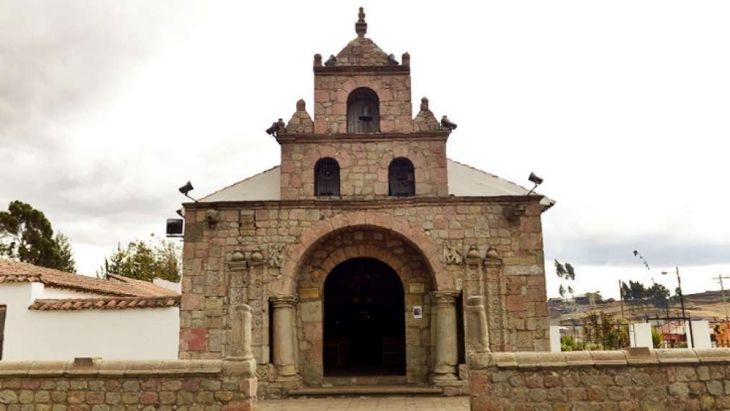

The majority of Ecuadorians (72%) identify as Mestizo, which is a mix of European and Indigenous (source). Centuries of social classification based on ethnicity can still be felt today, with certain biases plainly evident such as the indigenous population being 4.5x more likely to live in poverty than mestizos (source).
The full break down of Ecuador's different ethnic groups:
Within each ethnic group, there is also strong cultural identification based on geography.
For example, in Cuenca (& greater Azuay) there is a proud heritage of "Chola cuencana", which refers to the local Mestizo women who still live and dress in a traditional manner. There is even a song that most Ecuadorian's recognize aptly titled Chola Cuencana. We have to admit that we find ourselves singing it every few months... Here's perhaps the most entertaining rendition I've found on Youtube:
Spanish is the official language of Ecuador and the vast majority (93%) speak it. But, there are also over 10 different indigenous languages. Of which, Kichwa (or Quichua) and Shuar are the most widely spoken. The breakdown by language as of 2010 (CIA):
Ecuador has 4 World Heritage sites:
Ecuador received the first two places in the original UNESCO World Heritage list in 1978. The Galapagos just happened to be first on the list and so gains the honor of being the first World Heritage site.
Ecuador has 11 national holidays (in 2020), whilst some provinces have additional regional holidays. Some of the more interesting holidays and customs are included below.
Also called "Day of the Dead" or "All Souls Day". This is a day where families reflect on their lost ones, often visiting their graves.
Part of the tradition includes eating guaguas de pan y colada morada. Guaguas means baby in Kicwha, which makes sense when you see the bread is shaped like a baby and decorated with icing or other sweets to provide further features. Colada morada is a purple, fruit-based drink made from an assortment of fruits such as strawberries and mortiños (Andean blueberries).


Easter week is a big deal in Ecuador. The exact week changes depending on the vernal equinox. From Thursday to Sunday there are numerous activities, including:
Holy Thursday is an occasion to visit graveyards of loved ones, potentially with an offering such as bread. Churches also open during the evenings and are popular.
Easter Friday is when large flocks of Ecuadorians take to the streets in a long march to show penitence and solidarity with Jesus' walk towards his execution. Think of this like walking the Via Dolorosa in Jerusalem.
Quito holds a particularly big march on Easter Friday and we recommend visiting the historic center to witness it. The first time I saw it I was a little taken aback. Participants all wear purple robes, with many showing penitence by carrying large crosses and whipping themselves. It can get pretty full-on.
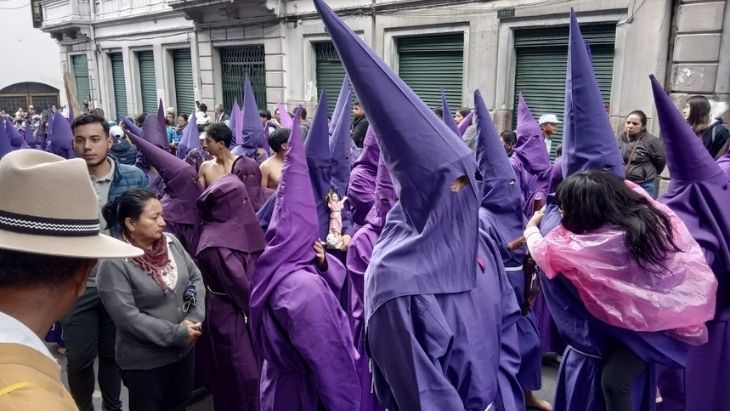

Church masses are popular Saturday evening in anticipation for Sunday.
A very important day for Christian Ecuadorians. Masses take place the entire day.
If you only try one Ecuadorian dish, then it just must be fanesca. It's traditionally only consumed the week leading up to Easter, but you can now find it during the month leading up. It's a soup made from 12 different beans and grains, representing the 12 apostles, fig leaf gourd, pumpkin and salted cod.
If I'm being honest, I can't say I'm a big fan of the salted cod. But, I'm not alone as many restaurants are now serving it on the side so you can choose whether to eat it or not.
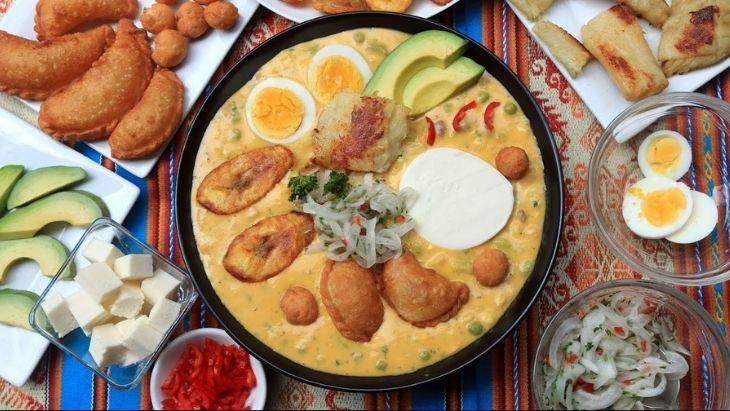

Carnival is traditionally associated with eating and drinking enough to get through the lent period. The exact date changes so it can fall closest to the new moon.
It's several days filled with drinking and eating way too much and then throwing water over friends, family & strangers. In recent years, it's become popular to also purchase cans of espuma (foam spray) and squirt these all over whoever you see. Nobody is safe. Best to keep your valuables in waterproof bags or they will get wet.
Known as the "Rooster Mass', one of the most popular activities on Christmas eve is the Paseo del Niño children’s parade where kids dress up as a character from the Christmas nativity. Cuenca's Paseo del Niño is particularly impressive.
As the clock strikes 12 to mark the new year, Ecuadorians all over the country practice a tradition of burning an effigy to cleanse themselves from the previous year. This effigy is traditionally made from old clothes and newspaper to form a person. But, you can now find elaborate statues for sale of super heroes, pop icons, politicians and other celebrities.
The other New Years eve tradition that has become increasingly popular in recent years is the cross-dressing viudas. You see, for every effigy that is burnt, there must be a grieving widow... So, young males dress up as widows and take to the streets to "request" change from those passing by.
These requests are often made by the viudas blocking roads with rope to prevent cars from passing until they've given some change (literally anything - 5c etc). It's all in good fun, but just remember that driving anywhere on NYE can take considerably longer because traffic is basically held up everywhere whilst the cross-dressing viudas strut their stuff.


Two sports dominate Ecuadorian culture: football and ecuavoley.
Like many South American nations, football fever is strong. The national league (Ecuadorian Serie A) features 16 clubs, with several strong rivalries existing between the stronger teams. Perhaps the most fierce is the Barcelona - Emelec rivalry that often results in fans from both teams fighting.
Whilst Ecuador became members of FIFA in 1926, they didn't make a World Cup finals appearance until 2002. They are yet to win the World Cup or Copa America.
Ecuavoley is a derivative of volleyball, but with a higher net, heavier ball and with 3 players per team. Unlike volleyball, you are allowed to grab or throw the ball so long as it takes less than 1 second. It's a very popular game and you'll often see little ecuavolley courts setup all across the country and in larger backyards.
It's an enjoyable game and you don't need to be super athletic to join in. There are many social level competitions and it's a great way to get to know some locals. Bonus: If you're average height in North America, Europe or Australia etc, then you'll likely have an automatic height advantage!
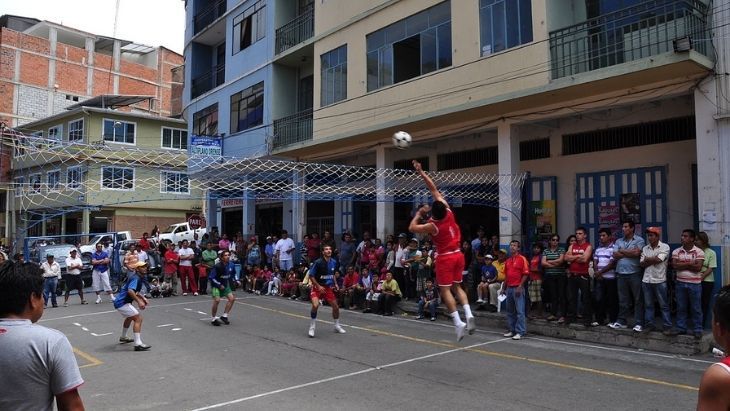

Cycling has always been a popular pastime, but competitive cycling has become more popular recently due to the successful exploits of Richard Carapaz who won the 2019 Giro d'Italia and put in a very solid performance in the 2020 Tour de France, claiming 2nd spot for the Mountain Classification.


Ecuador has participated in 12 Olympic Games, with their only medals won by walker Jefferson Pérez who won gold in Atlanta (1996) and silver in Beijing (2008). You can see a statue of the Cuenca native at one of our favorite parks - Parque de la Madre, Cuenca.


At 9,350 ft (2,850m), Quito takes the honors of the highest capital city in the world.
But, this is controversial as La Paz in Bolivia is higher at 11,942 ft (3,640m). Now, Bolivia actually has two capitals, La Paz and Sucre. La Paz serves as the executive and legislative capital and Sucre the constitutional and judicial capital.
So, it's really up to you whether you consider La Paz as the genuine capital of Bolivia. If so, Quito misses out on the honor.
My opinion? Bolivia proclaimed Sucre as the capital in 1839 and reaffirmed this in the 2009 constitution. So hey, if the Bolivian people treat Sucre as their capital, then who am I to go against it? Sucre is the deserving capital, regardless of where the politicians sit.
16 miles (26 km) north of Quito is Mitad Del Mundo which translates to "Middle of the World". The government has built some impressive monuments to showcase the equatorial line that runs through it.
However, modern GPS measurements show the actual equator is 790 ft (240m) north of the monument. Whoops!
The sun rises and sets at 6:00. Every. Day. As such, it's a great place to set up a sundial as there is little variation during the seasons. There are several sundials worth checking out in Quito. Perhaps the most impressive is the 52m Quitsato sundial.
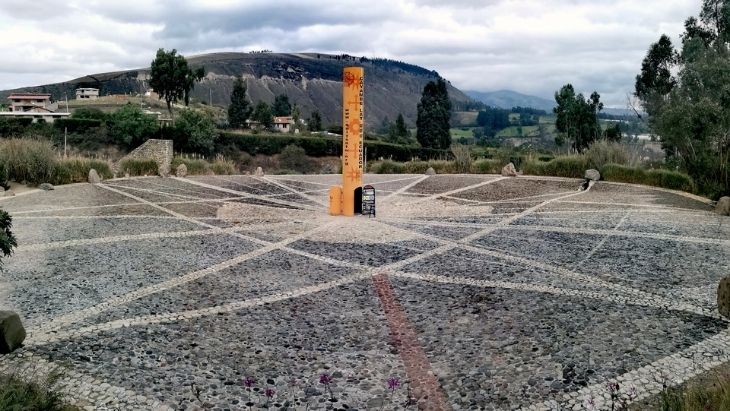

Despite being a small country (it's slightly smaller than the state of Nevada), Ecuador has 4 distinct environments. These are the Sierra, Coast, Amazon & Galapagos. Tourists love being able to see so much variety whilst only traveling a short distance.
Ecuador annexed the Galápagos Islands on 12 February 1832, 3 years before the Beagle and Charle's Darwin arrived. The islands are administered by a provincial government that has more autonomy than other Ecuadorian provinces - which almost makes it feel like a separate country at times.
One such distinction is that Ecuadorian citizens can't just move to the Galapagos. The labor laws are also very different. Read our interview with a Galapagos tour company to learn more about these differences.
Sounds impressive right? It is. Ecuador is one of only 17 countries that have megadiverse status. The megadiverse group of countries contains most of the earth's species, including a high number of endemic species.
Ecuador comes in at 9th overall on the simplified biodiversity index. But, it really punches above its weight given its small size. All countries ranked higher are much bigger.
Ecuador has 15% of the world's bird species with over1,600 different species! Galapagos alone has 38 endemic bird species.
Ecuador has the most hummingbird species in the world with over 130, many of which are endemic to Ecuador. Find out where to find Ecuador’s hummingbirds in our guide.
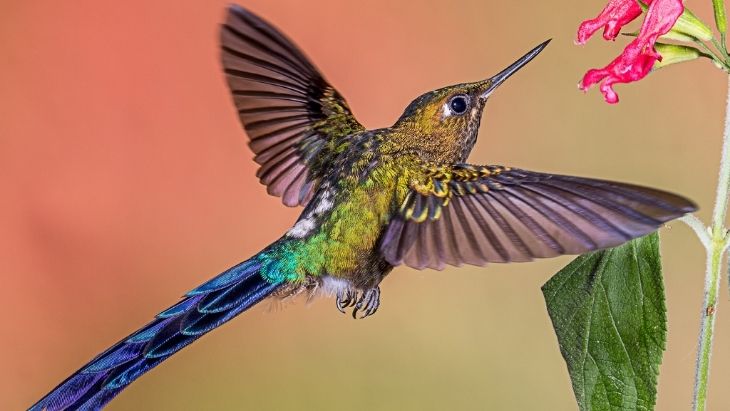

There are 315 mammal species recorded in Ecuador and an additional 2 that are considered extinct (Darwin's Galápagos mouse & Indefatigable Galápagos mouse).
Some of my favorites include:
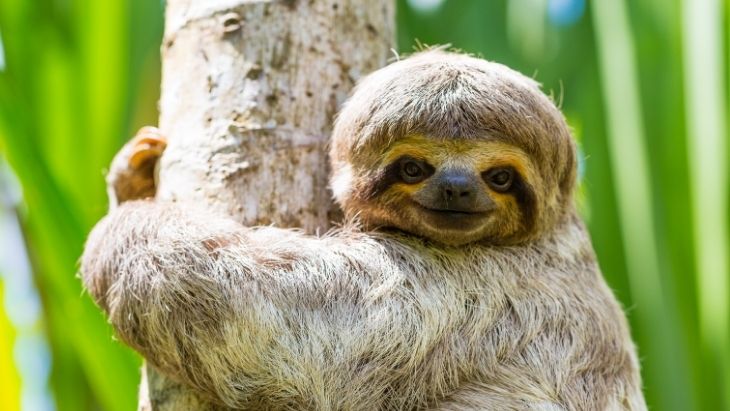

Ecuador is home to 477 reptiles species (source), including 106 endemic species. These include:
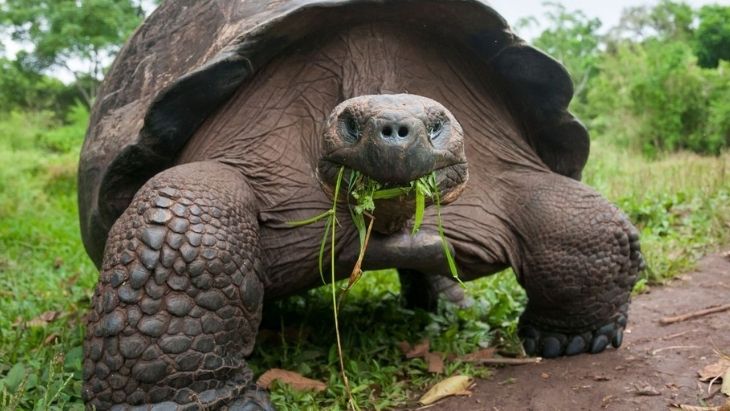

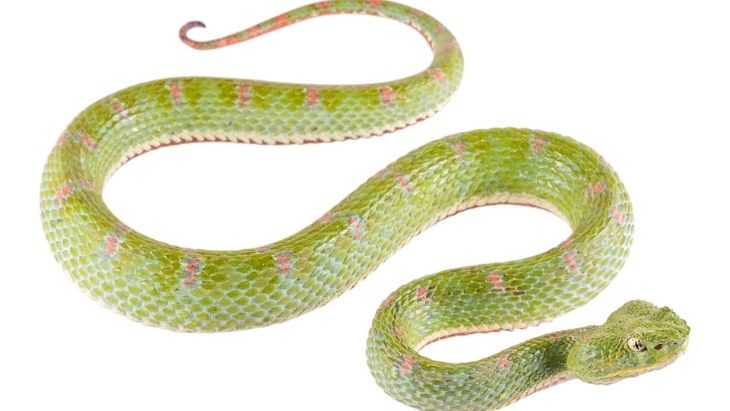

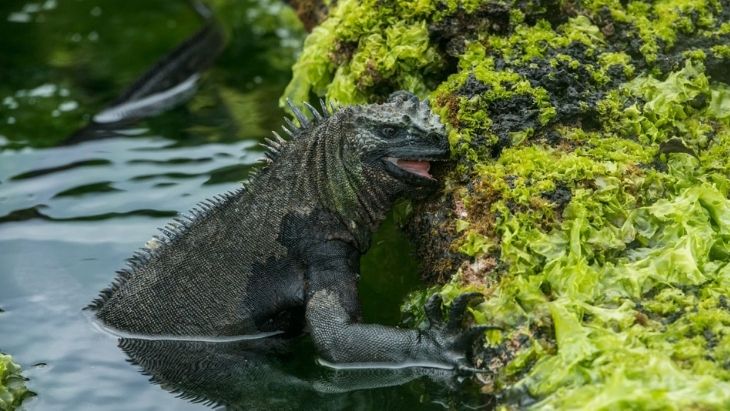

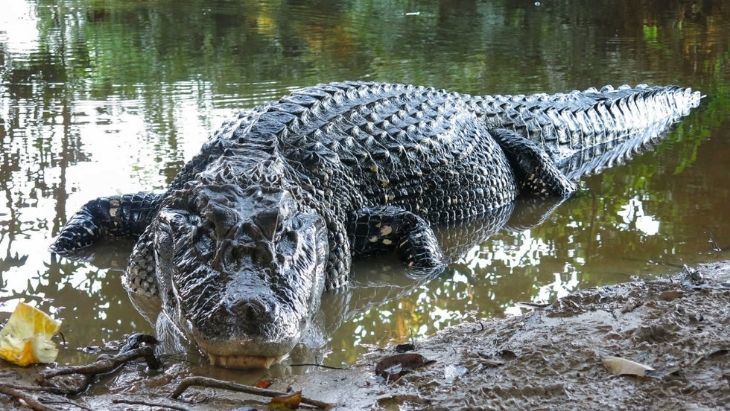

Ecuador is home to over 19,000 plant species (source), including over 4,000 orchid species. The wide variety of environments you can find different species include:
These high elevation forests get their name from the clouds of mist that form within and sustain plant life. The small mist molecules are particularly good at allowing delicate plants to thrive including orchids, ferns, and bromeliads.
Tourists love cloud forests because the plants often grow close to the forest floor, allowing great access for viewing and taking lush photos.
Some of the most popular (and weird) orchids that thrive in cloud forests include:
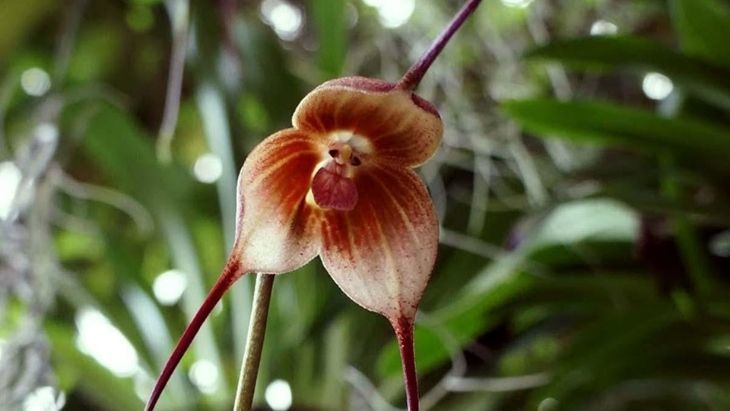

To the east of Ecuador lies the Amazon rain forest. Here you'll find a mind-boggling number of different plant species - but note you may need to climb into the canopy a little bit.
Some of the popular and common plant species found in Ecuador's Amazon include:
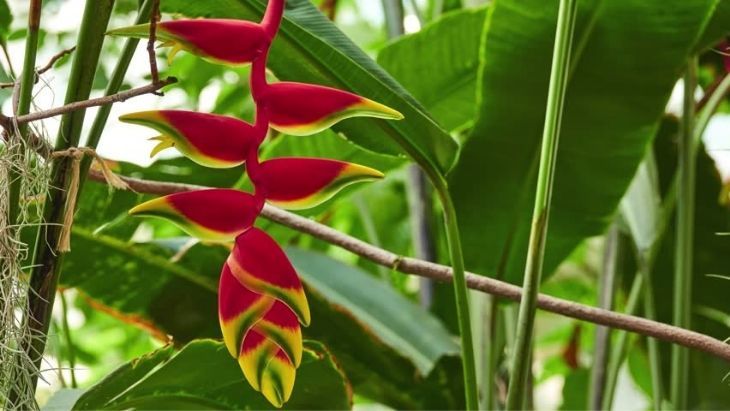

The highest regions of Ecuador, above the cloud forests, you will find the páramo. Páramo is the grasslands and scrublands of the high Andes where you'll find a lot of hard grasses and cushion plants that have adapted to the harsh environment.
Most of the plants are small and grow close to the ground. One exception is also one of the most recognizable, the giant Espeletia, nicknamed frailejones (big monks).
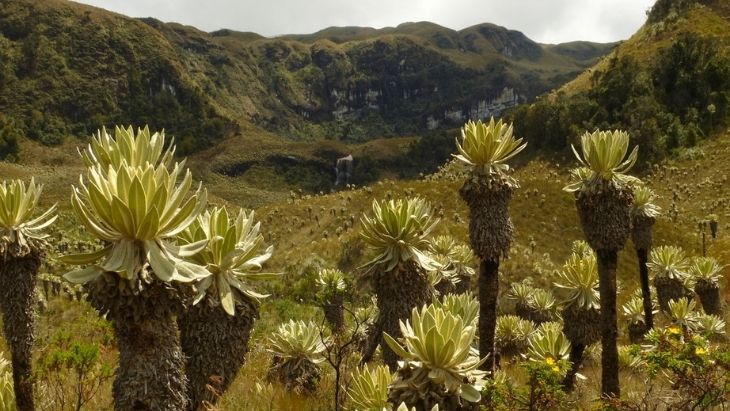

You'll find tropical dry forests near the hot coastal areas of Parque Nacional Machalilla and southwest of Loja.
Parque Nacional Machalilla is also home to what might just be Ecuador's best beach, Los Frailes. We definitely recommend a visit to this unique piece of Ecuador.
The most recognizable plant in these tropical dry forests is the ceiba (or kapok). It has a bulging trunk and white flowers that look like light bulbs hanging from the branches.
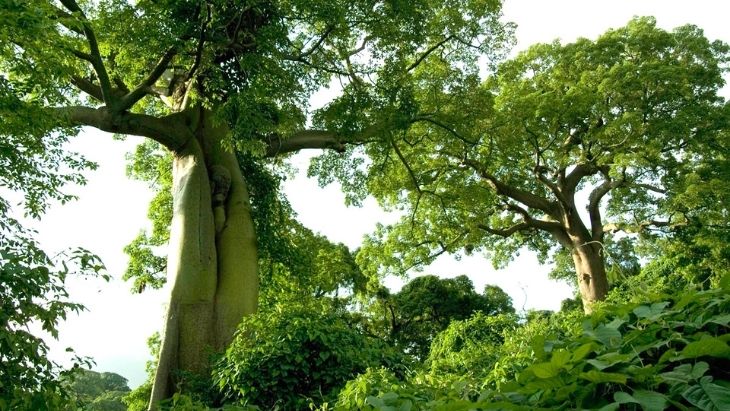

Mangroves can be found in the northern and southern regions of Ecuador's coastline. Including the tallest mangroves in the world at Reserva Ecológica de Manglares Cayapas Mataje. The most common mangrove you'll see is the red mangrove.
Wow. Ecuador really has so many interesting facts. I feel we've only just scratched the surface, so we'll be adding to this list over time. Feel free to let us know your favorite Ecuador fact in the comments.


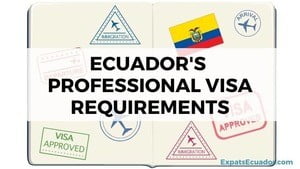



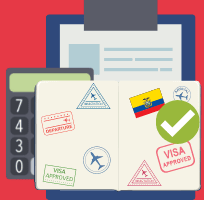



What an interesting country....and not just the Galapagos! Although, the Galapagos Islands have been on my bucket list since learning about Charles Darwin at school. Hopefully, we will be able to visit Ecuador soon
The Galapagos are now technically open and Ecuador is relatively easy to access now. I'd still wait a bit though until giving the all-clear to visit.